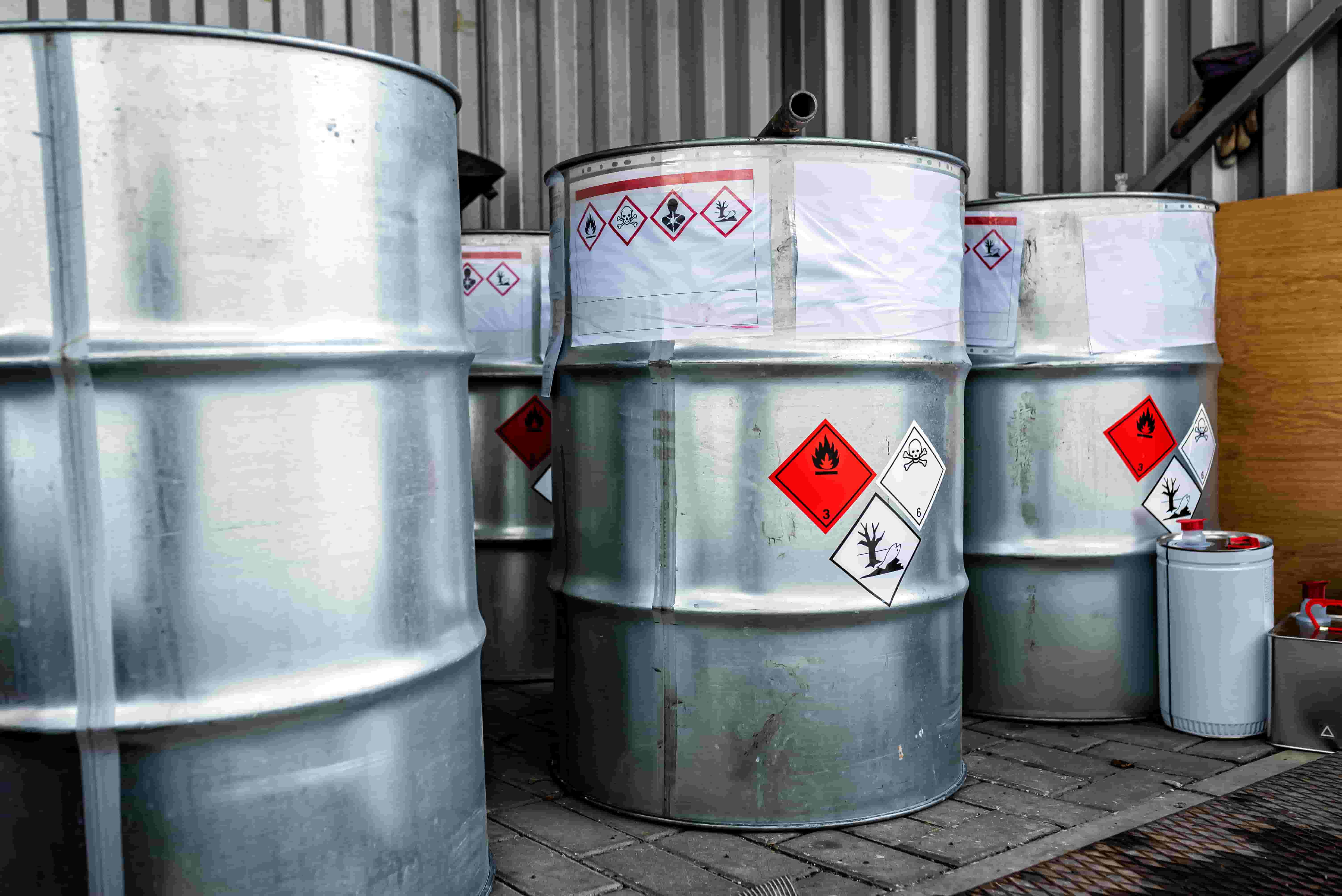
Hazardous waste generator status is assigned to any company or institution that produces hazardous waste. Status, in effect, is a designation which is determined by the volume of hazardous waste accumulated at a facility or site in a calendar month. In other words, companies that generate hazardous waste are regulated based on the volume of waste they generate each month, not the size of their business or facility.
If you are a hazardous waste generator, then it is your company’s or organization’s responsibility to ensure that the waste is disposed of properly and safely, or risk heavy fines and possible irreversible damage to your company’s reputation. Hazardous waste is regulated by the EPA, as well as state and local environmental agencies, to ensure protection of human health and the environment. Compliance with hazardous waste regulations ensures said protection of people and places by reducing and eliminating harmful environmental risks.
The price to pay for having hazardous waste generator status can be expensive. As the EPA regulates hazardous waste from cradle to grave, from the point of its generation and storage to its safe transport, treatment, and disposal, costs associated with its safe management are borne by the generators. Because the expense for the ultimate disposal of hazardous wastes can be high, it is in the self-interest of businesses to reduce the volume of hazardous waste they generate each month. Not only is it easier to manage and reduces environmental risks, but it’s less expensive.
Status Categories
The EPA recognizes that the volume of hazardous waste generators produce monthly differs from business to business. Because generator status is linked to the amount of waste generated per month, the EPA established three categories of generators. They are: Very Small Quantity Generators (VSQGs) generate 220 lbs or less of hazardous waste per month. For Small Quantity Generator (SQGs) status it’s more than 220 lbs of hazardous waste per month but less than 2,200 lbs. Large Quantity Generators (LQGs) generate 2,200 lbs or more each month. Each status is subject to varying degrees of regulations that govern storage and management of waste.
Ways to Reduce Generator Status
1. Generate Less
One way a company can reduce its hazardous waste generator status is to generate less of it. Though that may sound somewhat oversimplified, it’s more about scaling down usage or finding suitable material substitutions that are non-hazardous. Begin by identifying hazardous materials your company is currently using and assess whether there are less hazardous alternatives available. Then, determine whether there are non-hazardous materials with similar properties to replace what hazardous material you currently use. For example, consider using less hazardous materials such as biodegradable detergents, chromium-based cleaners, or latex paints and coatings. Avoid metal catalysts wherever possible and purchase premixed chemicals with desired concentrations to avoid unwanted accumulation of multiple chemicals.
2. Purchase Less
Though there may be economic incentives for companies to purchase hazardous materials in bulk, stockpiling materials may increase disposal costs. If you have too much hazardous material on-hand it can adversely affect your status as a generator, if your plan is to reduce that status. If the properties of the stockpiled material expires before using, the excess will increase the disposal cost. If you are overstocked on chemicals, paints, or other like material which holds hazardous properties, consider donating the material to organizations that may have use for it.
3. Consolidate Waste Streams
Another way to reduce your generator status is by combining waste streams. Consolidating compatible waste materials into a larger or appropriate sized shipping container means that there are a fewer number of containers to ship, which may lower the amount of weight of the total monthly waste generated, and definitely lower the handling and transportation costs. Less units to inspect also reduces your compliance liability in the event that a container does not meet regulatory guidelines. That said, to avoid a dangerous chemical reaction, you can only consolidate hazardous wastes that are compatible. Never mix hazardous wastes without first consulting with our experts at our hazardous waste management company.
4. Recycling
Recycling or reusing valuable constituents of hazardous waste is another way to lessen the capital costs in managing hazardous waste. Recycling reduces the amount of materials to be disposed of and, by reducing that amount, lowers any risk to the environment. Some hazardous wastes can be blended into fuel, which has an added benefit of reducing fossil fuel consumption while effectively repurposing the material for use.
How MLI Environmental Can Help
Companies and organizations seeking ways to reduce their hazardous waste generator status not only lower costs associated with managing waste, but help mitigate risks to human health and the environment. Generating less hazardous waste, purchasing less of it, consolidating waste streams when applicable, or recycling or repurposing it are a handful of options to consider.
If you are a hazardous waste generator interested in reducing your status, contact MLI Environmental. As one of the most trusted hazardous waste disposal companies in the region, our audit programs help healthcare facilities, schools, universities, manufacturers, laboratories and more, identify costs and ways that may reduce their generator status. For more information, call MLI Environmental today.
